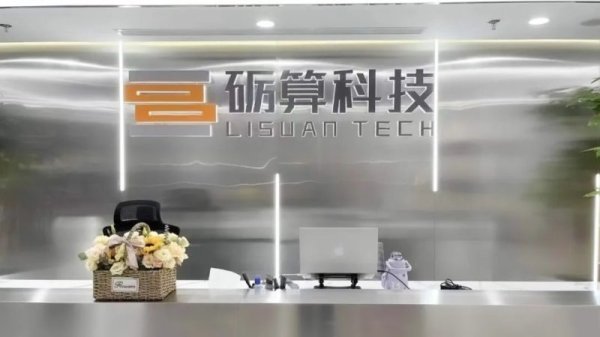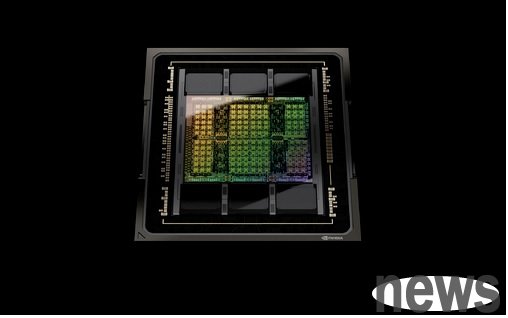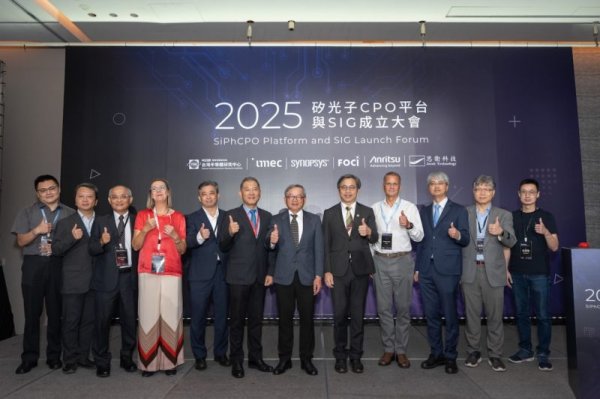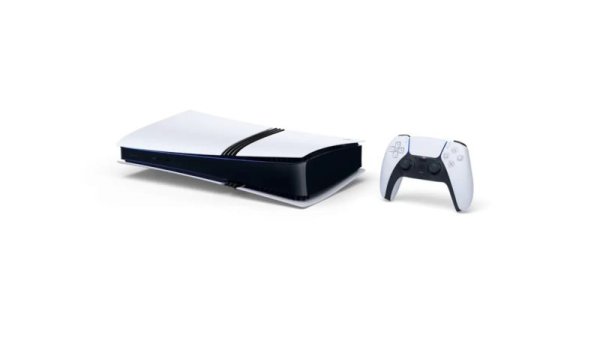Samsung ordered that the yield rate of 2 nanometers in half a year will catch up with the NT$60%
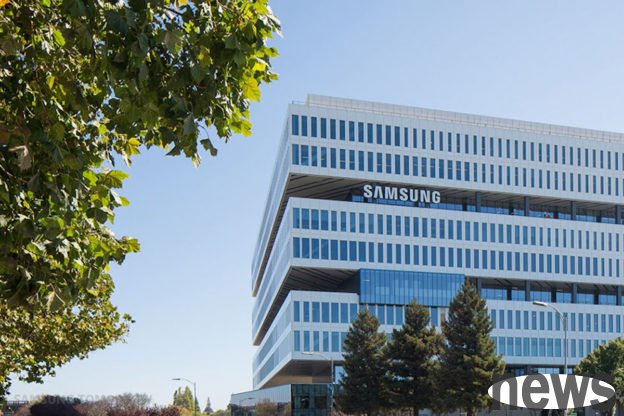
According to Korean media reports, Samsung's crystalline OEM department suffered a setback of 5/3 nanometers and is now fully investing in 2 nanometers. Market news pointed out that Samsung aims to increase the yield of 2 nanometers to 70% by the end of the year to attract large customers.
According to Business Korea, Samsung crystal circle OEM has tens of trillions of Korean circles every quarter. To make matters worse, Texas Taylor City Jingyuan Factory began operating in 2026, but Samsung is still facing the dilemma of low crop rate and is difficult to obtain orders from large customers. The corrosion contracts may expand further, and eventually infringe on the company's profits.
Samsung Business supports TF and Samsung Global Research Center to operate the Crystalline OEM Department. After management consultation, it decided to adopt a centralized resource strategy for 2 nanometers and temporarily place 1 nanometer level investment. Due to the needs of major artificial intelligence (AI) semiconductors such as the United States, 2 nanometers should be adopted within three years, rather than 1 nanometer level with still high risks.
Samsung is committed to ensuring 2nm orders and actively investing in the network construction with US customers. Failed to achieve 5/3 nanometer promised performance and yield, Samsung strives to regain customer trust. In the recent annual system semiconductor industry conference SAFE 2025, Samsung announced a new blueprint, which is to postpone the launch of an unknown prospect of 1.4 nanometers, focusing on optimizing 2 nanometers.
In the current server chip foundry market, except for large customers such as NVIDIA, AMD and Broadcom that are stable in markets, other customers are in a backward state. Market insiders believe that Samsung's crystalline OEM business life will depend on whether it can increase the yield of 2 nanometers to 60%~70% within six months.
Samsung aims to target large-scale technology customers in the United States. In March, Margaret Han, vice president of NXP Semiconductor Global Purchase, who has worked for 21 years, was appointed as vice president of Samsung's OEM Department. He hopes that he will experience and gain experience and contact potential customers to get orders.
Samsung's 2 nanometers and 3 nanometers have a 12% increase in efficiency and a 25% increase in power consumption. The industry estimates that Samsung OEM 2 nanometer yield rate is below 30%, and internal evaluations show that the initial yield rate has increased compared to before. It is not yet clear whether production capacity and performance comparable to that of TEM chips can be demonstrated during mass production. The yield rate of NTF 2 nanometers reaches about 60%.
The report quoted people in the Korean semiconductor market as saying that although Samsung's crystalline OEM is ongoing, it has recently negotiated with many potential customers about the 2-nanometer production status, which is considered an important signal. After winning the 2-nanometer order from Japanese AI semiconductor design company PFN in 2024, Samsung has also recently negotiated with Qualcomm, hoping to be accepted by Qualcomm again.

